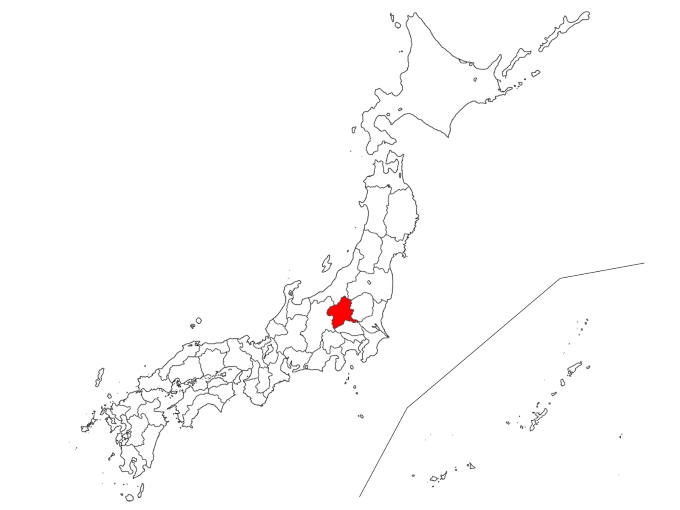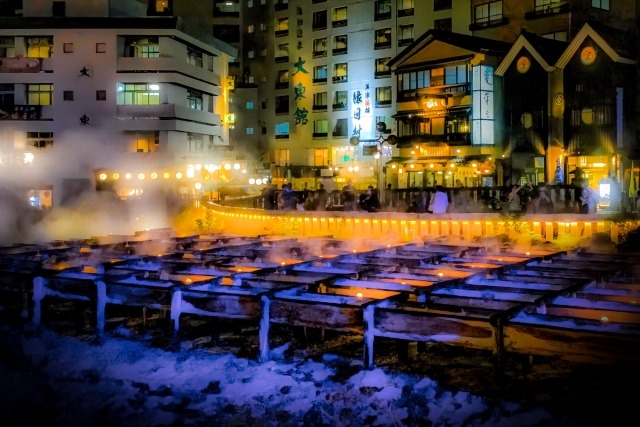Contents
1.Basic Information
Kusatsu Onsen (Kusatu-onsen)
Kusatsu Onsen is one of the leading hot springs in Japan, known for its medicinal effects and beautiful scenery. The area called “Yubatake (Hot Water Field)” is a symbol of Kusatsu Onsen, with 4,000 liters of hot spring water gushing out every minute. The source temperature is very high, and the hot spring water is cooled by exposing it to air in the Yubatake, then transported to various hot spring facilities and used.
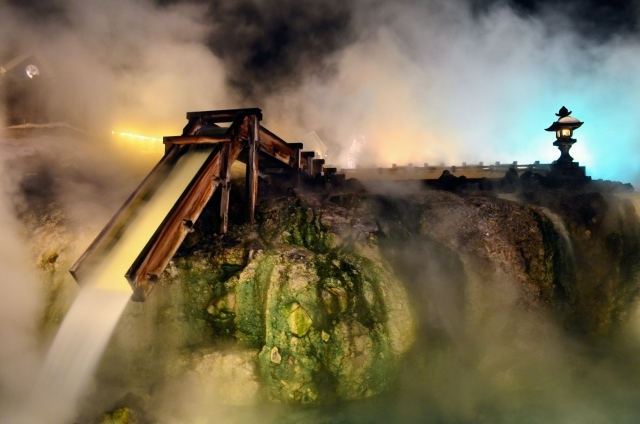
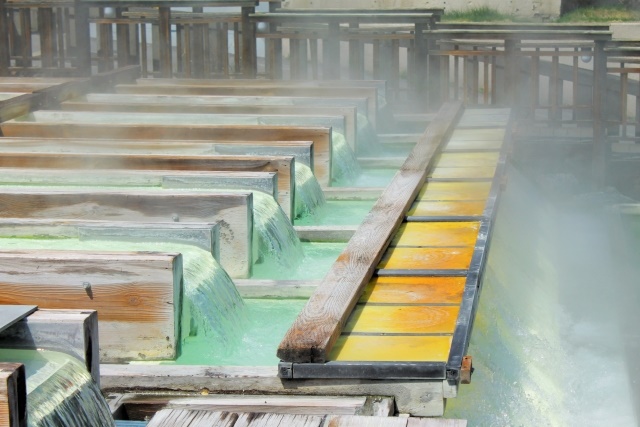
Tomioka Silk Mill (Tomiokaseishijyou)
The Tomioka Silk Mill, a World Heritage site, was established in 1872 by the Meiji government to promote Japan’s modernization. After the Meiji Restoration, the government emphasized silk export to modernize industries and technologies and strengthen the country. To improve quality and production and train technical instructors, this model factory, which used Western-style silk-reeling machines, was built. The Tomioka Silk Mill still retains its appearance from that time, conveying the history of Japan’s industrial modernization.
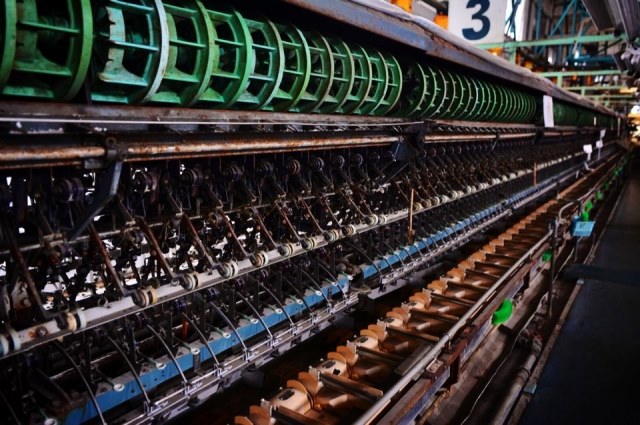
Takasaki Kannon (Takasaki-kannon)
Takasaki Byakue Daikannon is a massive Kannon statue located in Takasaki City, Gunma Prefecture. Positioned at the summit of a 190-meter-high mountain, this statue, 41.8 meters in height and weighing 5,985 tons, was erected in 1936 by a businessman. At the time of its construction, it was the largest Kannon statue in the world. The purpose was to commemorate the war dead and also to utilize it as a tourist spot. Currently, it attracts 50,000 to 60,000 visitors annually. Inside, there is a staircase of 146 steps, and 20 Buddha statues are enshrined across 9 layers. From the top floor of this Kannon statue, you can overlook Takasaki city and the mountains of Gunma Prefecture.
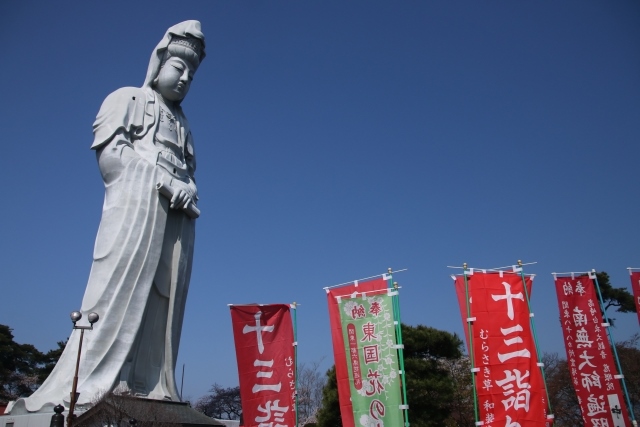
2.Reviews
Takaragawa Onsen (Takaragawa-onsen)
Osenkaku, established in 1923 in Takaragawa Onsen, is famous for its vast open-air bath. The open-air bath, consisting of four tubs and covering a large area equivalent to 470 tatami mats, offers a bathing experience amidst magnificent nature. During your stay, you can rejuvenate body and soul while enjoying the pure sound of the flowing Takaragawa river.
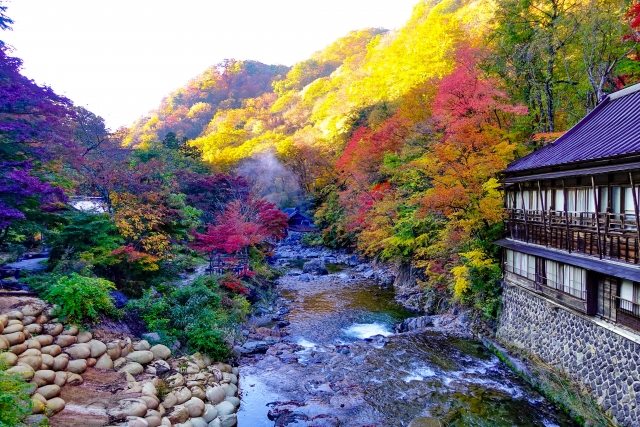
3.Local Food



4.Transportation Information
■How to get to Kusatsu Onsen (Multilingual support)
Kusatsu Onsen Official Website
https://www.kusatsu-onsen.ne.jp/
■How to get to Takaragawa Onsen
Osenkaku Official Website (Multilingual support)
https://www.takaragawa.com/
■How to get to Tomioka Silk Mill
Tomioka Silk Mill Official Website (Multilingual support)
https://www.tomioka-silk.jp/tomioka-silk-mill/
■How to get to Takasaki Kannon
Takasaki Byakue Daikannon Official Website
https://takasakikannon.or.jp/
5.Map Information
